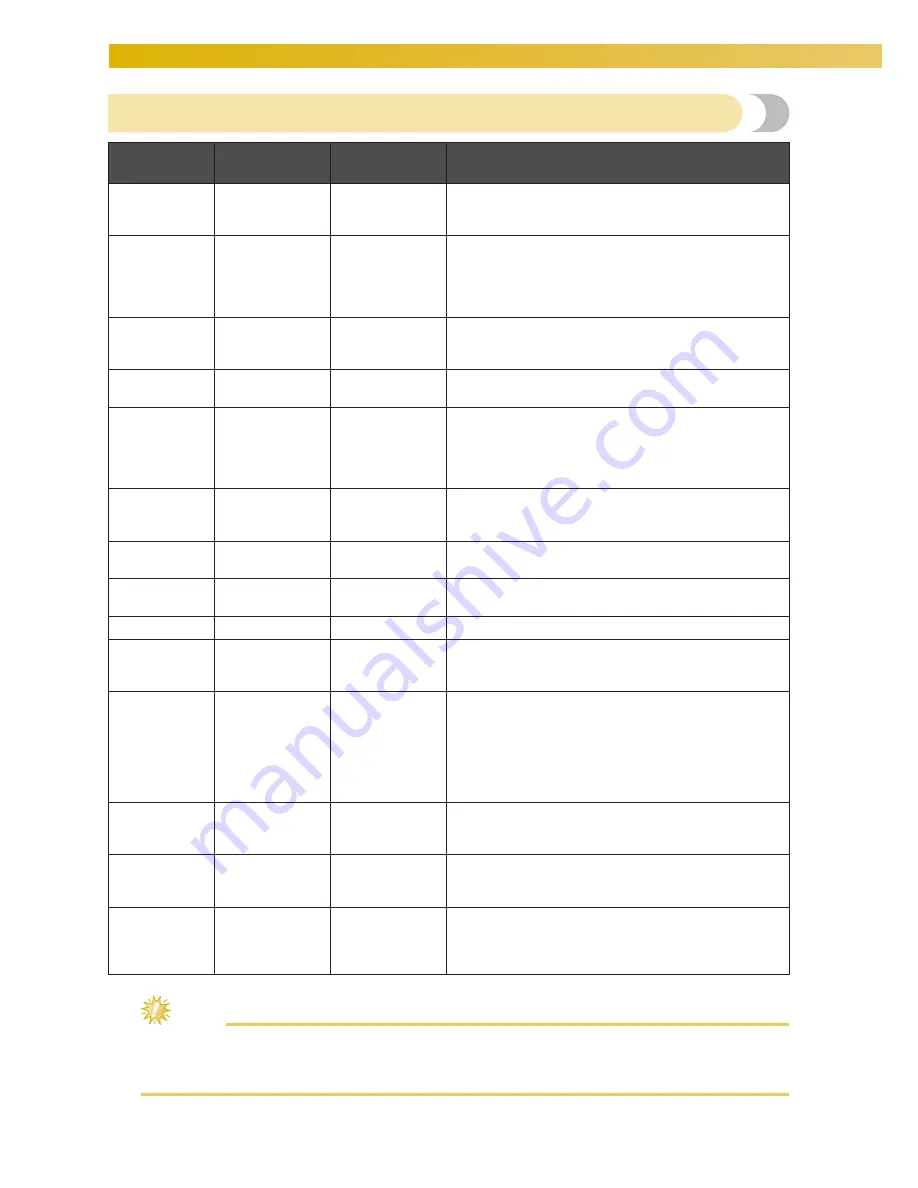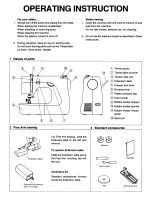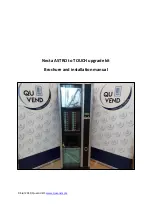
APPENDIX
————————————————————————————————————————————————————————————————————————————
248
Fabric/stabilizer compatibility chart
Note
●
Due to the wide variety of fabrics and stabilizers available, the above information should be used as
guideline only. If unsure of a particular fabric/stabilizer combination, please sew test a sample prior
to the finished garment.
Fabric/
Garment
No. of Backing
Pieces
No. of Topping
Pieces
Comments
Terry cloth
1 tear-away
1 water-soluble
Increase density and/or satin stitch width. Fine
details and small lettering tend to get caught in the
terry loops.
Satin jacket
Heavy lining:
None
Light or no
lining: 1 tear-
away
None
If garment slips in frame, causing alignment
problems, wrap inner frame with masking tape or
fabric bias tape. This provides a rough surface to
grip garment and also helps minimize frame burn.
Cotton
sheeting
1 tear-away
None
High-density or highly detailed designs may require
more backing. If so, use two pieces of lightweight
backing instead of one piece of heavy backing.
Denim
1 tear-away
None
Reduce speed if needle begins to heat up and the
thread breaks.
Headwear
Optional
Optional
Change needles more often than usual because the
buckram backing dulls needles faster. A lightweight
tear-away backing helps reduce thread breaks and
regulates thread tension. Use a topping on corduroy
or foam cap fronts.
Dress shirt
(woven)
1 tear-away
None
High-density or highly detailed designs may require
more backing. If so, use two pieces of lightweight
backing instead of one piece of heavy backing.
Golf shirt
1 cut-away
Optional
Use topping for designs containing small lettering
or a lot of detail, and also for piqué knits.
Canton fleece
1 tear-away
Optional
Use a topping if the garment has a textured surface,
such as a basketweave or pronounced twill.
Canvas
1 tear-away
None
Frame tightly.
Corduroy
1 tear-away
1 water-soluble
A higher stitch density or more understitches, as
well as a topping, may be necessary to prevent
stitches from sinking into the fabric.
Lingerie or
silk
1 or 2
lightweight
tear-away
Optional
Reduce sewing speed. The thread tension should be
low. Use topping for designs with high detail or
small lettering. For very fine fabrics, use a thinner
thread. Avoid extremely narrow satin stitching on
letters or details; instead increase satin stitch width
or use a bean stitch. Gently remove (don’t pull)
backing and topping from garment.
Sweater knit
1 cut-away or
adhesive tear-
away
1 water-soluble
Use tightly woven organza or curtain fabric in a
matching color as a backing for bulky or “holey”
knits.
Sweatshirt
1 cut-away or
adhesive tear-
away
Optional
Highly detailed designs may require two layers of
lightweight cut-away stabilizer. Use a topping on
extra-thick fabrics or with fine-detail designs.
T-shirt
1 light-weight
cut-away or
adhesive tear-
away
Optional
Use a topping on designs with fine detail or small
lettering. Tensions should be light. Avoid stitch-
heavy designs.
Summary of Contents for Enterprise BNT10L
Page 1: ......
Page 150: ...EMBROIDERING SETTINGS 148...
Page 216: ...SELECTING EDITING SAVING PATTERNS 214...
Page 302: ...APPENDIX 300 If any of the following messages appear consult your nearest Baby Lock retailer...
Page 303: ...Troubleshooting 301 7...
Page 308: ...APPENDIX 306...
Page 312: ...English 884 T11 XF0036 001 Printed in Taiwan...
















































